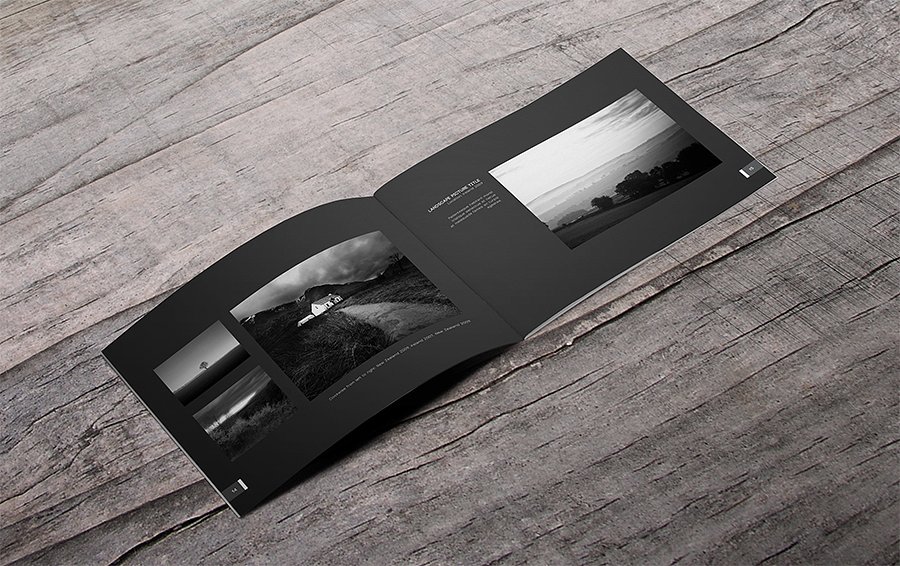10+ Photography Portfolio Catalog Examples to Download
We all know how frustrating it can be when people ask us to do a photo shoot for them as a favor. Photography is an art form that’s often underappreciated. Some people assume that the outcome of an image would depend on how expensive a photographer’s equipment is, but not many seem to realize that the beauty of a photograph lies on the talent of the photographer himself. You may also see interior design portfolio examples.
As a photographer, getting hired to do what you love isn’t exactly the easiest thing in the world. You may have the skills the rest of us could only dream of having, but there’s a huge difference between saying you’re talented and actually proving what you’re capable of. Hence, putting together a portfolio catalog to showcase your best works is the way to go. A professional portfolio catalog is something that every photographer should invest in. This offers you the opportunity to exhibit your most creative pieces in an orderly manner for the public (and potential clients) to take notice.
Photography Portfolio Catalog Template
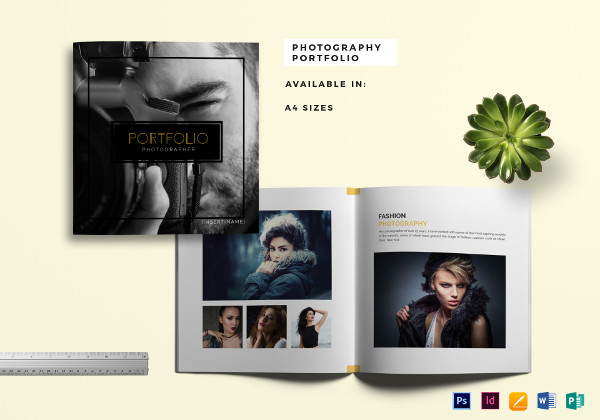
Minimalistic Photography Portfolio Catalog Example
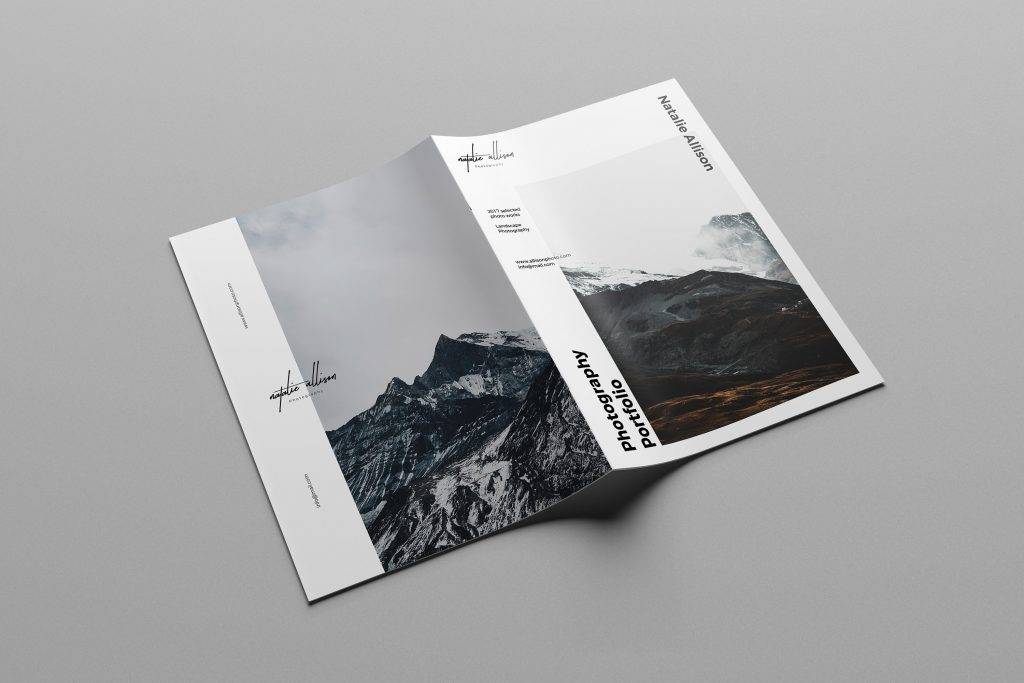
Simple Photography Portfolio Catalog Example
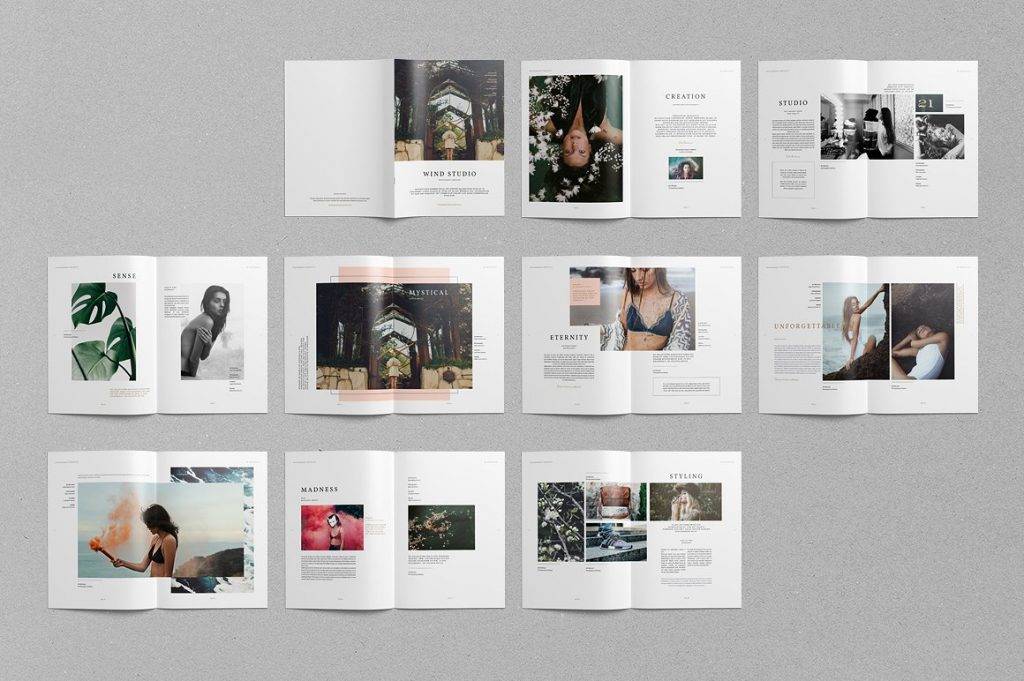
Portrait Photography Portfolio Catalog Example
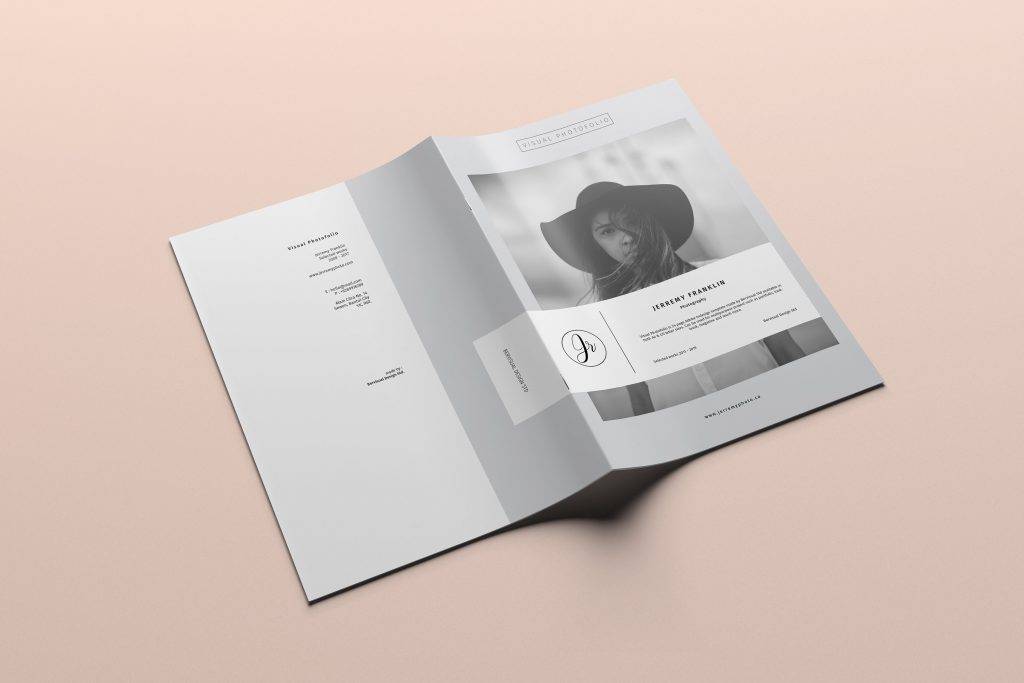
What Is a Portfolio?
A portfolio is defined to be a collection of records that reflect your accomplishments, skills, experiences, and attributes. This is used to highlight samples of your work to help market yourself to clients, employers, colleges, and universities. Although it’s true that a portfolio may contain an artist’s “best of” in some cases, it’s more likely to consist of a series of work following a unifying theme that best represents one’s personal style. You may also see fashion catalog examples.
While a portfolio does not take the place of a resume, it can be used to accentuate your abilities to help prove what you can offer in the chosen field.
Types of Portfolios
There are different types of portfolios that are each designed to suit a specific purpose. Before you can collate a portfolio, you must first determine what it is that you need.
1. Student portfolio
Most useful in an academic setting, a student portfolio is often used to demonstrate the knowledge attained in a given class or course throughout one’s academic career. Many students, specifically in the field of arts, use these portfolios as part of their college application to some of the most prestigious universities in the world. This can help increase one’s chances of being accepted at the institution of their choice. You may also like travel catalog examples.
2. Project portfolio
A project portfolio is typically used in both an academic and professional setting. Here, the portfolio shows the steps that were taken by an individual to complete a project or independent study. Some teachers or professors even offer this as an assignment for students to fulfill by the end of the semester. You may also like restaurant catalog examples.
3. Professional portfolio
This is typically used to demonstrate one’s skills, background, accomplishments, and experiences in a particular craft. This type of portfolio is versatile, and can be tailored according to a specific position you are applying for.
4. Online portfolio
Since reaching the age of technological advancement, nearly everything on paper has been converted to its digital form. This makes it easier for your credentials to be accessed via the Internet. Though this does not take the place of a hard copy portfolio, it can still be created in addition to one. This way, prospective employers and clients who reign from different parts of the world can get a glimpse of what you have to offer. A digital portfolio is also ideal for professionals in the field of information technology and graphic design to showcase their works.
5. Personal portfolio
A personal portfolio is simply designed for personal use. It’s similar to a scrapbook of things that fascinates you, whether this reflects your personal hobbies or passion. Many individuals use this type of portfolio to express themselves creatively. It could even be used as a stepping stone toward understanding who you are and who you want to be in the near future. You may also like business catalog designs & examples.
Standard Photography Portfolio Catalog Example
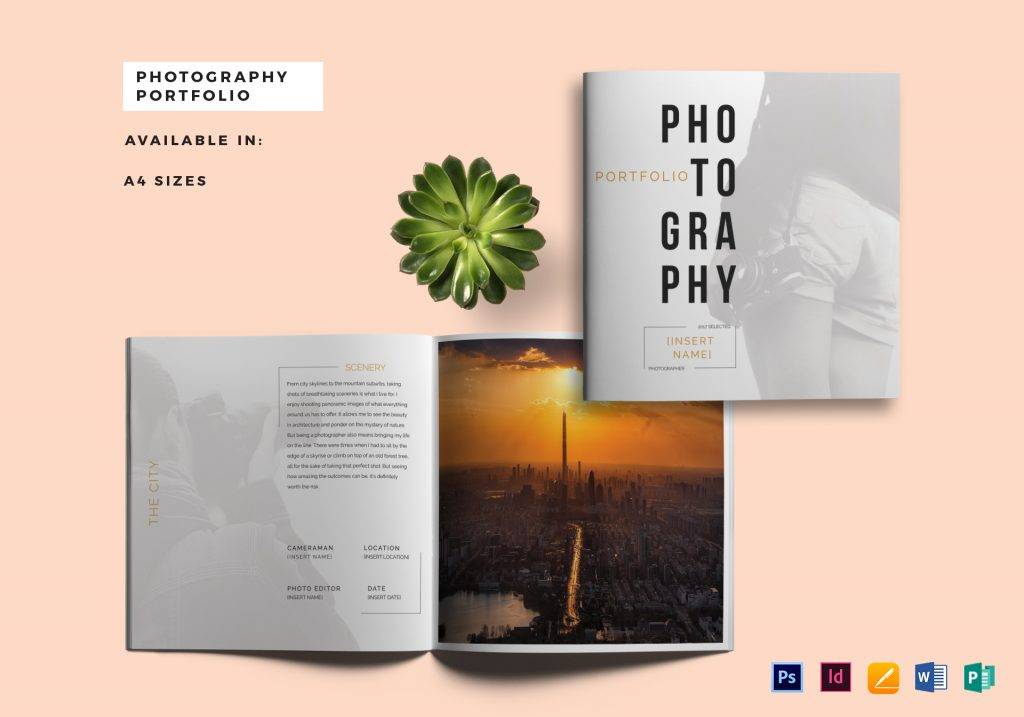
Photography Portfolio Catalog Example
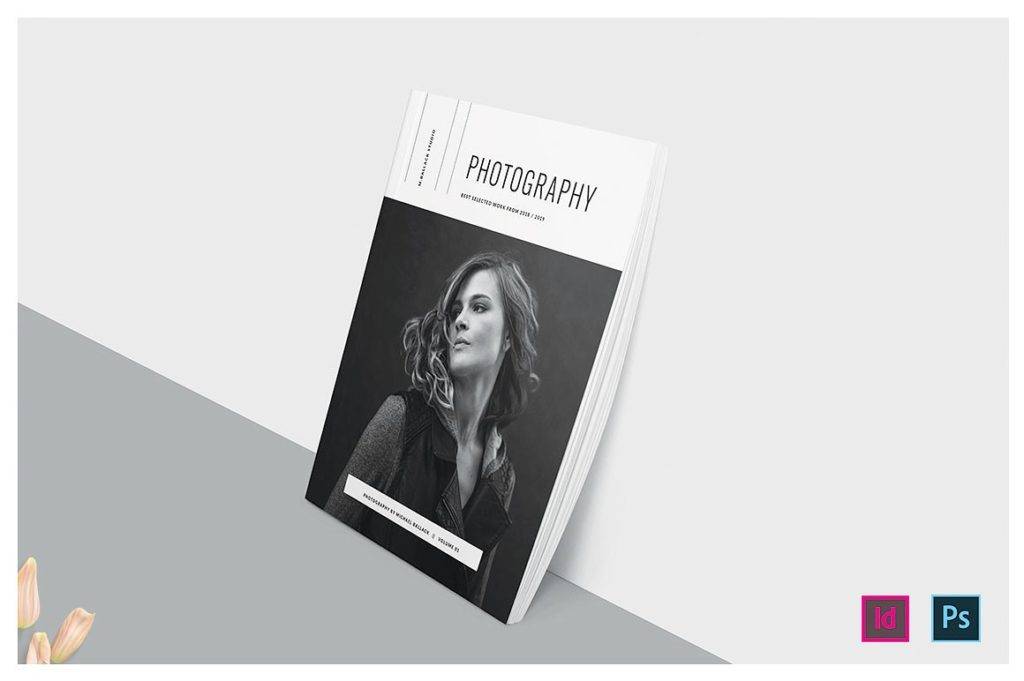
The Purpose of Portfolios
The interesting thing about portfolios is that they’re always unique. Most artists consider these as windows to their souls. While a portfolio serves as an opportunity to present your work, it also gives you the chance to tell a story about who you are and what you are capable of. This sets you apart from other applicants, be it in a professional or academic setting.
Developing a portfolio is a process of self-discovery and confidence-building. This allows you to expand and exhibit your skills, pieces, and knowledge in ways that are out of the ordinary. A portfolio is also a useful tool to tag along during interviews with a potential client or employer. It provides tangible proof of your skills and abilities to show prospects just how qualified you are for the job. It can even come in handy when applying for scholarships, grants, and promotions, as it’s clear evidence of how much you’ve grown and developed over a period of time. You may also see sales catalog.
You can always see the potential of a promising individual through their works, and a portfolio is sure to demonstrate your learning experiences which can be valuable in shaping your career.
Print vs. Digital
Choosing between a print portfolio and a digital portfolio can be quite the dilemma for any photographer.
While photography lives in print, the world we live in is digital. Gone are the days when people used to spend multiple rolls of film in one night. These days, it’s all about taking more than a hundred photos in a matter of minutes, and only choosing five of them to save and upload online. You may also see real estate catalog.
But that’s not to say you shouldn’t consider having a printed version of your photography portfolio, as most people still value the essence of these physical materials. Yet, it also means that the need for a digital version is something you should get into. There are many social platforms that allow quick and easy personalization, but there’s nothing like building a personal website to showcase your work. This enables you to customize every aspect of the website according to a theme or style that best represents who you are.
However, if you aren’t as tech-savvy as you are talented, you might want to take it slow. Don’t be in a rush to create a digital portfolio; otherwise, you’ll probably settle for less than what you are actually capable of. It’s a good idea to focus on building a print portfolio before you begin designing a digital version for it. You may also see multipurpose catalog.
Multipurpose Photography Portfolio Catalog Example
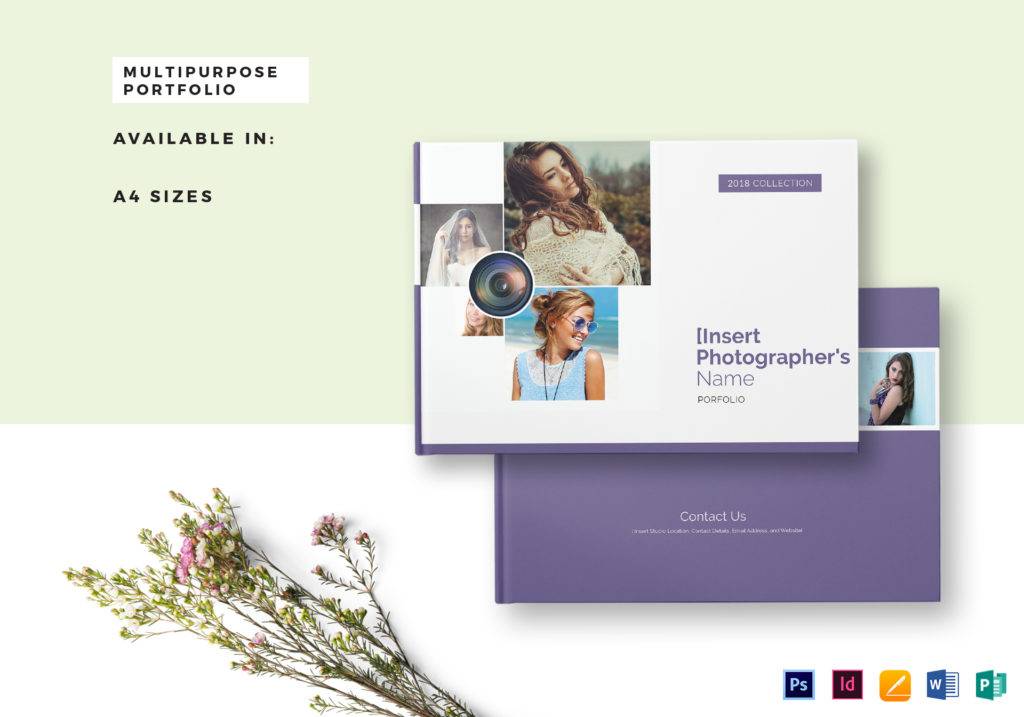
Wedding Photography Portfolio Catalog Example
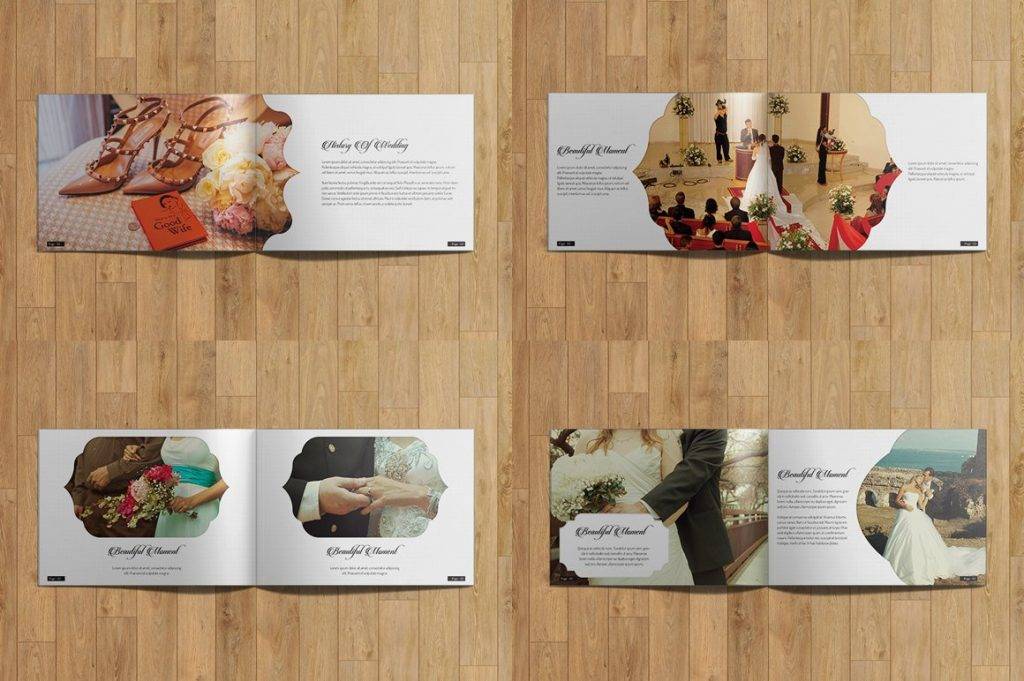
Minimal Photography Portfolio Catalog Template
The Dos and Don’ts of Building a Photography Portfolio Catalog
A portfolio catalog allows a photographer to share their work with prospects in a simple yet creative manner. A great portfolio will bring you plenty of job opportunities, while a bad one would make it difficult for you to establish your name in the industry.
But what constitutes a good portfolio? And how can you recognize a bad one from a set of good ones, even when evaluating your own work?
Though portfolio catalogs typically vary depending on an artist’s personal style, there are a few tricks to determine whether your portfolio is ready to go, or if it needs a bit more tweaking. That being said, check out these dos and don’ts for constructing a photography portfolio catalog. You may also see wholesale catalog designs
1. Don’t include similar photographs.
It’s important to give your audience a diverse collection of photographs to look at. Using multiple images of the same thing will make you seem like a lazy photographer with insufficient experience. It’s okay to include two or three images from the same shoot, especially if you’re just starting out, but make sure these images are distinct in more ways than one. There could be something significantly different from the camera angle, or from the way the subject is positioned.
You can make the most out of each session by experimenting with different angles and setups.
2. Do limit your images.
This is a portfolio, not a photo album. You wouldn’t want to overwhelm your audience with hundreds of images in a 20-page binder. If you find yourself wanting to showcase more than you should, you could always prepare a separate copy or blog to display these images after every shoot. The portfolio must be arranged separately, and it should only contain your best pieces.
3. Don’t use photos that are inconsistent with your personal style.
Every photographer has an artistic style that they’re best known for. Taking a good picture proves that you’re a competent photographer, but the technical aspects of photography isn’t the only thing that a potential client looks for. Your portfolio catalog should also help prospects determine if your styles will mesh well. A sense of individuality will help you stand out from other photographers in the business for clients to take notice. You may also see toy catalog designs.
4. Do find your niche.
Some people specialize in event photography, while others excel in studio photography.
Think of it this way. A bride-to-be wouldn’t want to waste her time browsing through a portfolio of corporate events. An engaged couple wouldn’t want to sift through an album of photos from a rock concert, either. You may also product catalog.
Pursuing a particular area of photography is one of the best way to identify your target audience. But if you do shoot in multiple subcategories, you could print separate portfolios for each one or designate different pages on your website.
5. Don’t ignore your audience.
Once you have identified your niche, you should then consider building your portfolio according to what your audience is looking for. This includes everything from choosing the right photos to arranging them in such a way that would speak to your viewers the most. You may also interior design portfolios.
6. Do consider various formats.
In any case, it’s best to secure a printed album and an online portfolio for your audience to refer to. It’s important to design both mediums in a way that they complement one another. This portrays consistency and flexibility, proving that you can get the best of both worlds.
7. Don’t be afraid to conduct free shoots.
New photographers should invest their time and effort in building a solid portfolio, as opposed to gaining clients to earn a profit. It’s always going to start out rough, and you probably won’t be paid well enough to make ends meet. But then again, photography is also a business which takes blood, sweat, and tears to prosper. So if you don’t have a portfolio yet, the chances of landing a paying gig are considerably low. You may also see Illustration portfolios
8. Do get a reliable opinion.
We tend to get attached to our own work, feeling a bit biased over them. Sometimes, what we think is great might not actually be that good. This is why second opinions (or even a third or fourth) is extremely important. Consider feedback over your portfolio carefully, and make the necessary adjustments following the criticisms and suggestions made.
9. Don’t use images that require an explanation.
You might have an inspiring backstory behind a certain photo, but if you feel the need to explain why a particular photo is so great, don’t include it. A good photo should tell a story without the use of words. It’s about capturing the moment and telling a story through a photograph’s visual elements. The wow factor should come right when a person sets their eyes on it, not after an explanation was made. You may also see work portfolios.
10. Do begin and end strong.
The last image in your portfolio should be just as mesmerizing as the first. Putting the best of the best at the front of your portfolio might seem like a tempting approach, but your audience is likely to lose interest once they flip through the final pages of your portfolio catalog. It’s best to mix your favorite works in between the “best” and “excellent” parts of your portfolio to create a unique variety of strategically arranged photographs. You may also see portfolio writings.
However, refrain from adding any more images to your portfolio once finished. You can update your portfolio every now and then for a fresher look, as long as you don’t do it too often, as it may ruin the natural essence of the collection.
A good photography portfolio catalog shouldn’t just show how good you are with a camera and its technicalities, but it should also convey your style and the type of work you do best. Though collating your own portfolio can be a daunting experience to begin with, if done correctly, it can also be quite rewarding. You may also see travel catalog.



